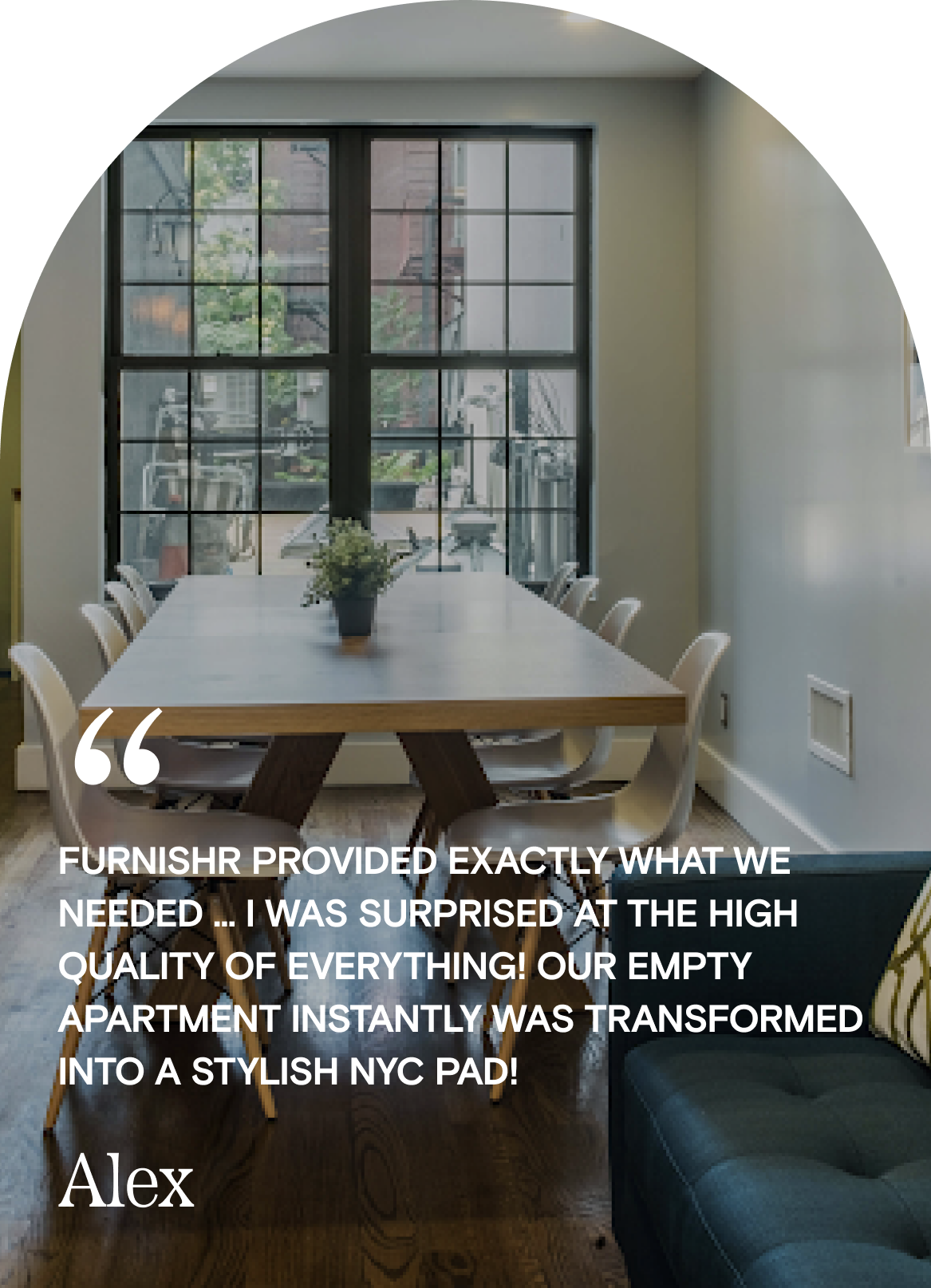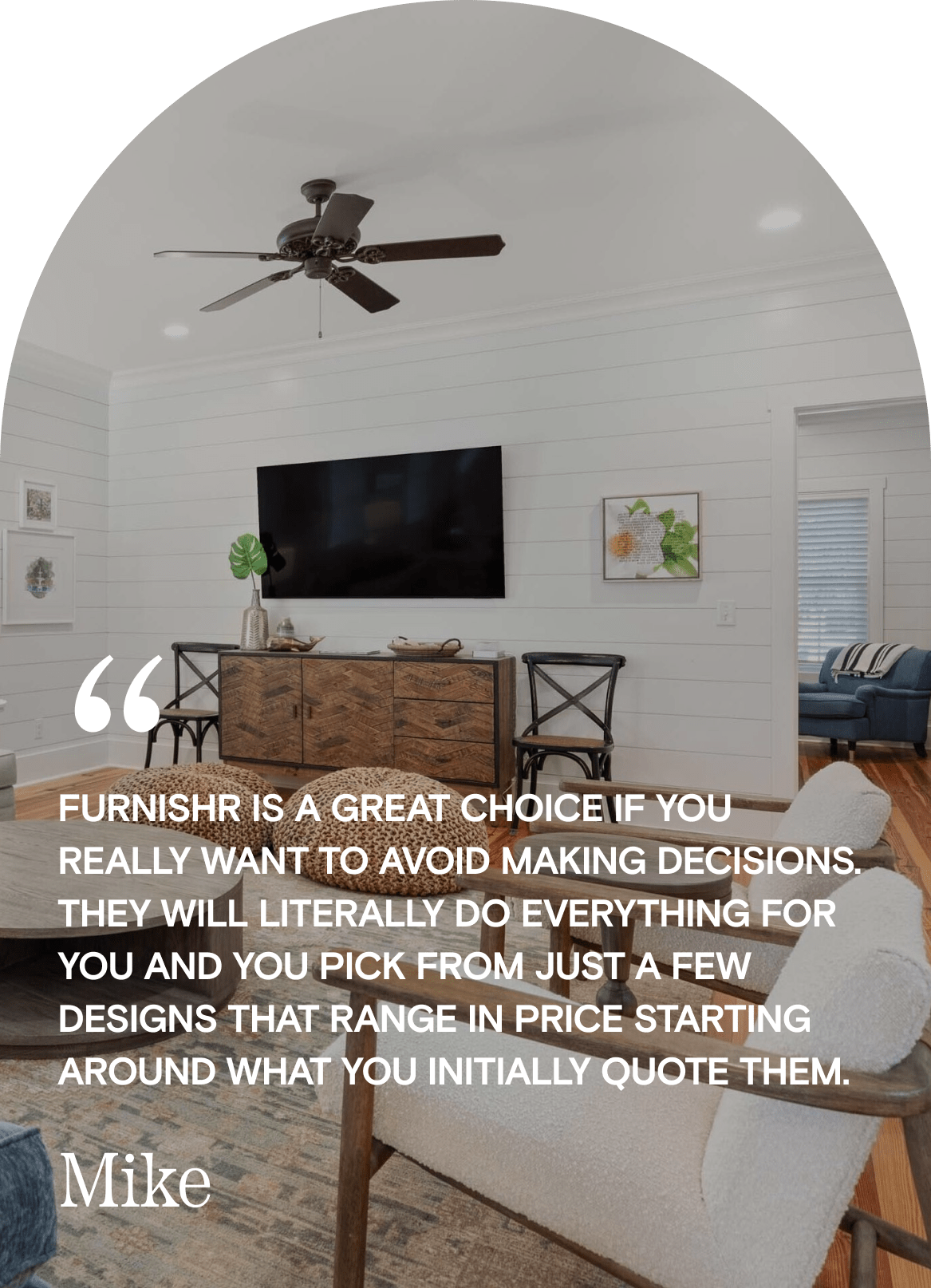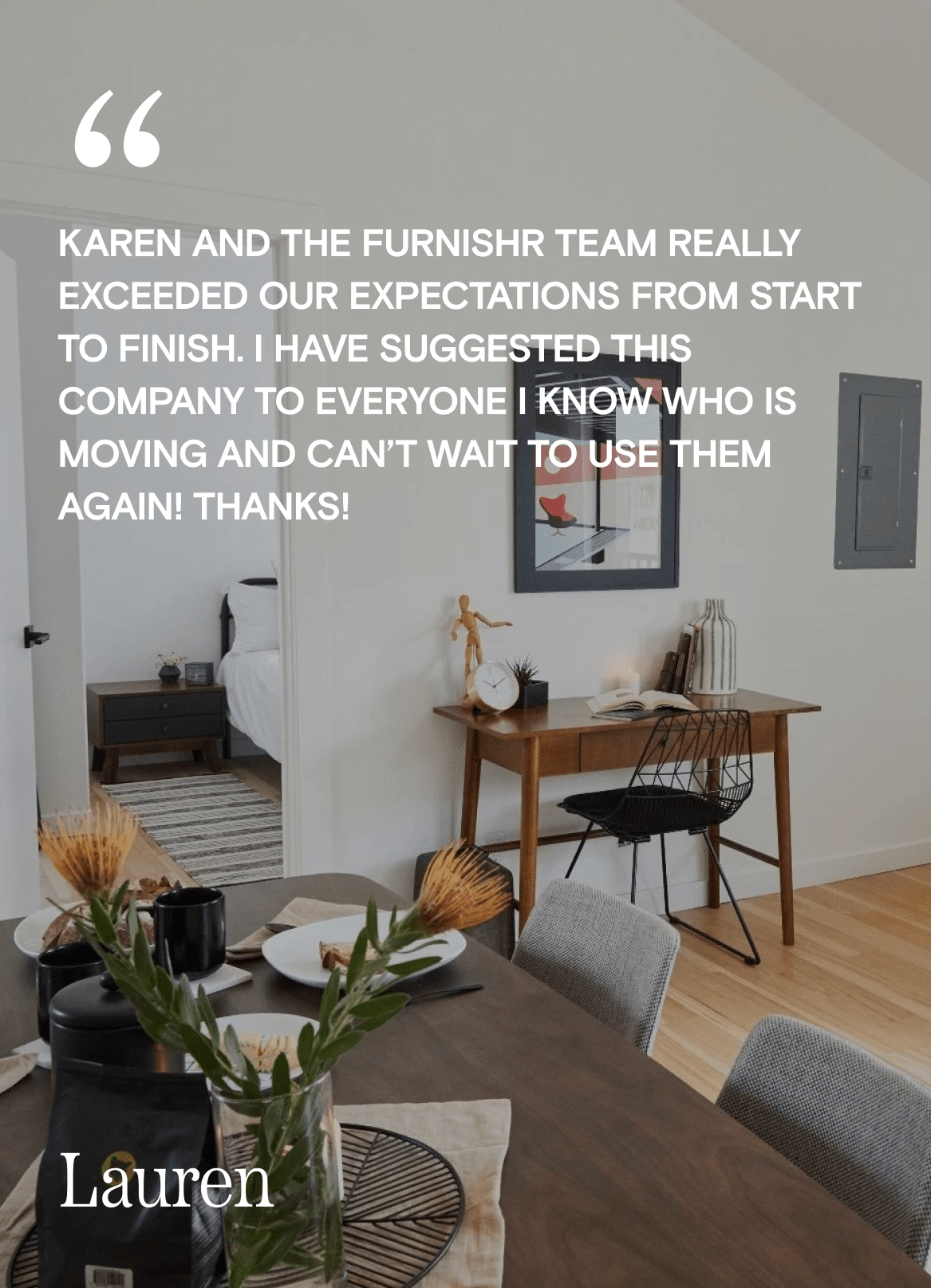
- Danielle Dexter
How do you find your furniture style?
Many of us struggle with figuring out the technical term for furniture design style or styles we like. We may know which styles we like by appearance but cannot explain this when in a conversation with a furniture sales person or in a casual conversation. Do not fret! We’ve identified the eight main styles that will help you figure out what you like and put a name to it.
We have created a quick and easy quiz you can take to find your furniture style or styles best suits you!
Table of Contents
The most popular design styles
Here you can learn a bit more about each style before you begin the find your furniture style quiz!
Bohemian






About this style:
This style celebrates a carefree, diverse spirit with a blend of textures, patterns, and materials. It draws inspiration from various cultures and eras, creating a vibrant, relaxed atmosphere. This style is characterized by the use of layered textiles, including plush rugs, throws, pillows, and woven wall hangings, often featuring bold, geometric, and tribal patterns.
Colour palettes can be warm and neutral or combine rich jewel tones creating a dynamic and inviting space. Natural elements such as wood, cotton, leather, and rattan are mixed with an eclectic assortment of glass, ceramics, vintage finds, and handcrafted items. Plants and greenery are essential, adding a touch of nature and enhancing the bohemian vibe.
Overall, the boho design style embraces individuality and creativity, producing a space that feels both artistic and cozy.
Coastal






About this style:
This style evokes the serene and breezy essence of seaside living. It focuses on natural materials like weathered woods, rattan, jute, sisal, cane, and seagrass, creating an easygoing and relaxed atmosphere.
Greenery is essential, adding life and a sense of freshness to the environment. The colour palette typically features blues, greens, and whites layered with blonde woods, to evoke the feeling of a sunlit shore.
Traditional patterns such as stripes, checks, trellis, basketweave, and argyle are paired with playful graphics like ikat and flora and fauna, adding visual interest. Light, breathable fabrics such as linen and cotton add softness and comfort enhancing the tactile quality of the space, making it feel both inviting and grounded.
Contemporary



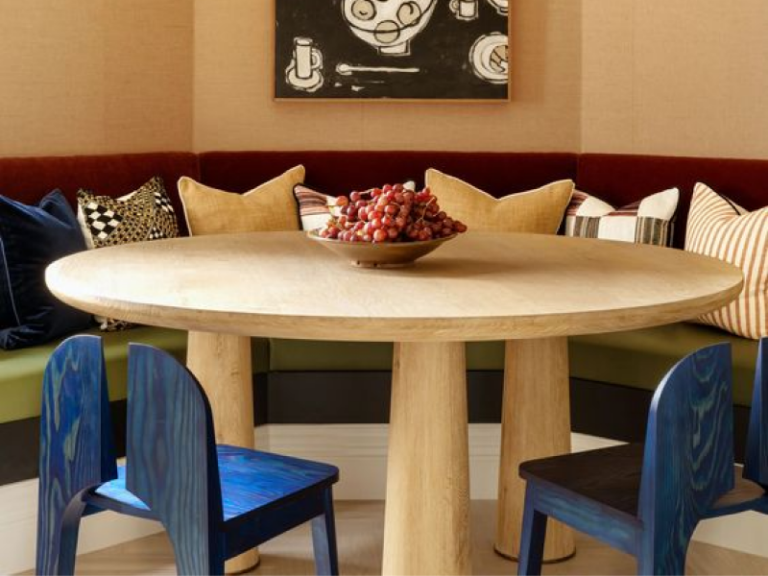


About this style:
This style blends modern minimalism with organic warmth, focusing on clean lines, natural materials, and a balanced interplay of shapes. It features soft, muted color palettes like warm neutrals with deeper tones layered to create a serene yet visually engaging atmosphere.
High-quality materials such as wood, stone, leather, and linen are combined with sleek elements like marble, metal, and resin, adding a sense of modernity and elegance. Textures such as boucle, rattan, and woven fabrics provide depth and comfort. Patterns are typically geometric and understated, while statement pieces like unique lighting or furniture add personality and interest.
Contemporary spaces often mix vintage and modern elements, achieving a timeless look that feels both comfortable and stylish. This design emphasizes personality, quality, and a thoughtful blend of shapes and materials, creating a sophisticated and curated environment.
Glam


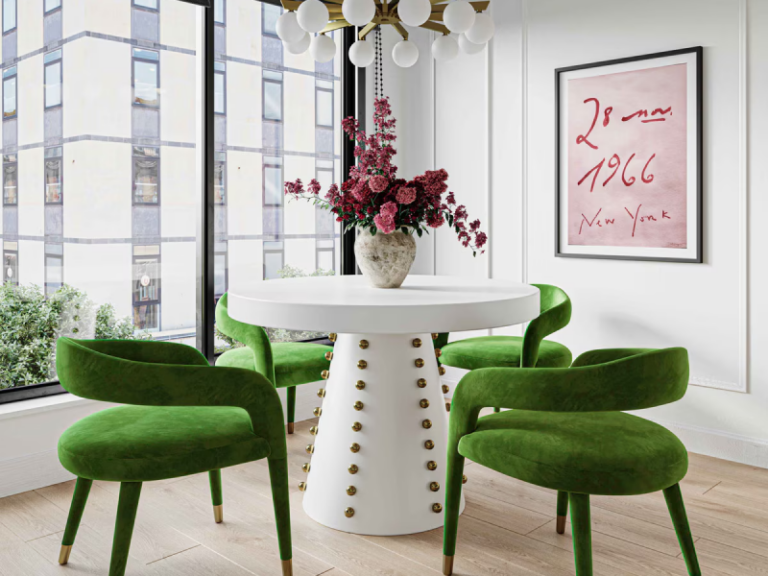



About this style:
This style is all about opulence and drama. It features luxurious materials and bold, eye-catching details that exude elegance and grandeur. Key elements include rich fabrics like velvet, silk, and satin, alongside reflective surfaces such as mirrored furniture, metallic accents, and crystal chandeliers.
The colour palette often includes deep jewel tones, like emerald green, sapphire blue, and ruby red or can be tone-on-tone with bold contrast. Glam style embraces ornate patterns, such as damask or brocade, and intricate detailing, including tufted upholstery, nailhead trim, and elaborate metalwork.
The overall effect is a space that feels sophisticated and indulgent, blending modern luxury with classic, high-fashion elements.
Industrial






About this style:
This style channels the raw, utilitarian aesthetic of warehouses and factories, emphasizing exposed structural elements with a rugged feel. It features a mix of materials like brick, concrete, steel, and reclaimed wood, highlighting their unfinished but functional qualities. Exposed metalwork, joinery, and raw seams are celebrated rather than concealed.
The colour palette is typically subdued, with an emphasis on neutral tones like gray, black, and brown, often complemented by rich, dark hues. Furnishings can be a mix of minimalism with more elaborate pieces with a preference for vintage or repurposed items.
Industrial design embraces a blend of practicality and aesthetics, creating a space that feels both modern and nostalgic, with a focus on honest, unadorned materials and open, airy layouts.
Mid-century Modern
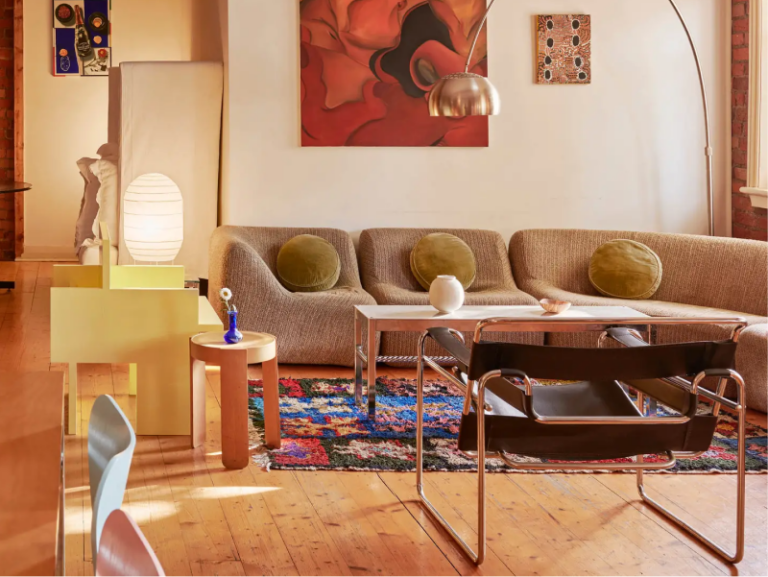
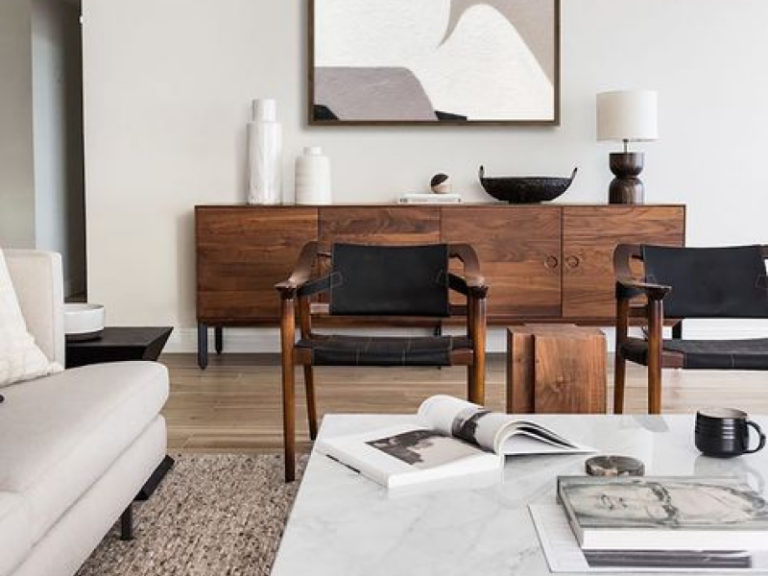
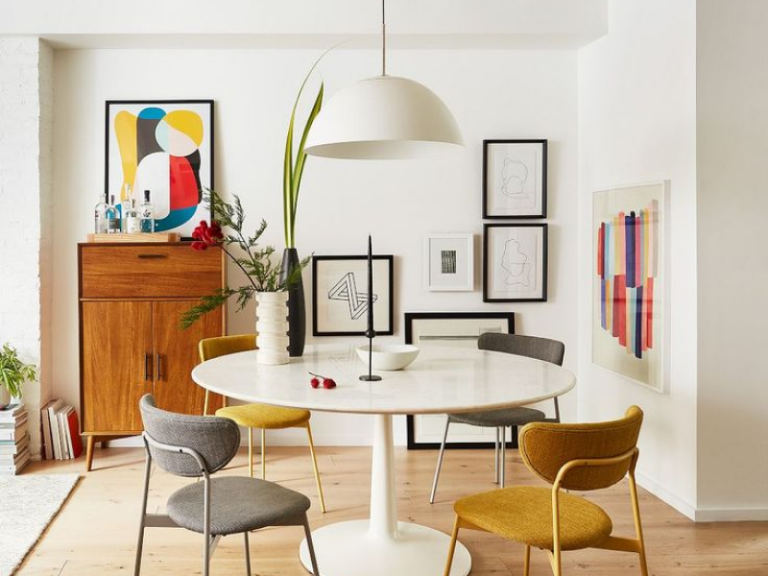

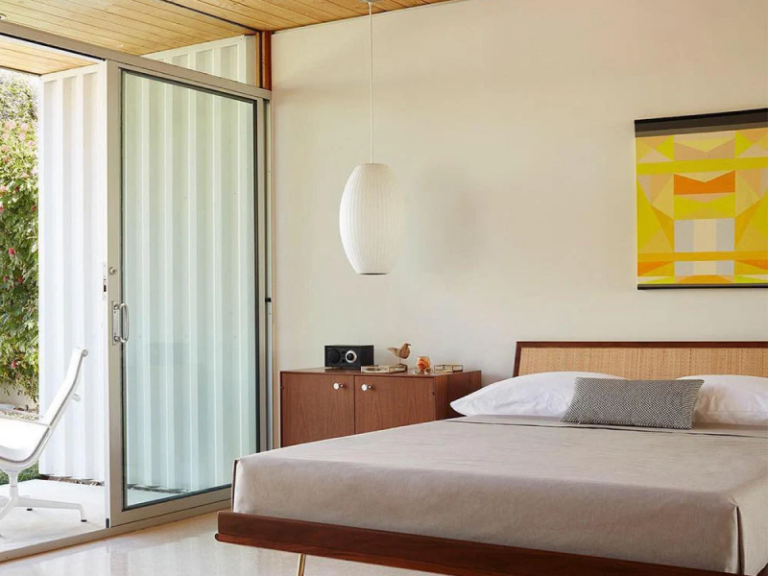

About this style:
This style, popular from the 1940s to the 1960s, is characterized by its clean lines, structural forms, and seamless integration with nature. It emphasizes simplicity and elegance, featuring geometric shapes, organic forms, and a focus on functionality.
The color palette often includes a mix of neutral tones like white, gray, and beige, accented by bold, vibrant colors such as teal, mustard, and burnt orange. Materials commonly used include wood, especially in rich, warm tones like walnut and teak, as well as metal, glass, and plastic. Furniture pieces typically have tapered legs, smooth surfaces, and minimal ornamentation, reflecting a commitment to both form and function.
Mid-century Modern design also incorporates an open, airy layout that emphasizes natural light and the connection between indoor and outdoor spaces. This style evokes a sense of timeless sophistication and modernity, blending practicality with aesthetic appeal.
Scandinavian






About this style:
This style is known for its simplicity and understated refinement. Rooted in Nordic traditions, it values clean lines, minimalism, and a focus on natural light. The colour palette is typically muted and neutral, featuring shades of white, grey, and beige, often accented with soft pastels or bold, primary colours.
Materials commonly used include light woods like oak and pine, as well as natural textiles such as wool and linen. Scandinavian design favours a decluttered look, with an emphasis on practical and multifunctional furniture that prioritizes comfort and usability. The style often incorporates elements of nature through organic shapes and textures, as well as greenery.
Overall, Scandinavian design creates a tranquil and cozy atmosphere that blends simplicity with warmth and functionality.
Transitional

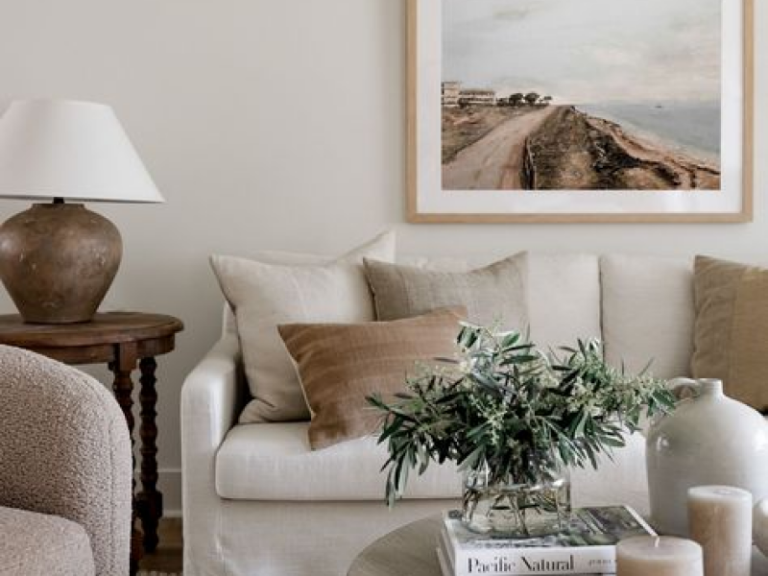




About this style:
This style bridges the gap between traditional and contemporary aesthetics, creating a balanced and harmonious space. It combines classic elements with modern touches, resulting in a look that is both timeless and current. Key features include a neutral color palette with subtle accents, blending soft hues like beige, gray, and taupe with occasional pops of color.
The style emphasizes clean lines and smooth surfaces while incorporating traditional details such as tailored upholstery, classic patterns, and abstract art. Materials used are a mix of natural and synthetic, including wood, leather, and metal, creating a refined and polished look. Furniture pieces are often simple yet elegant, with a focus on comfort and functionality.
The overall effect is a sophisticated and welcoming space that offers the best of both worlds, seamlessly integrating old-world charm with modern sensibilities.



